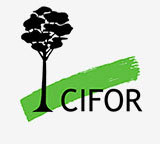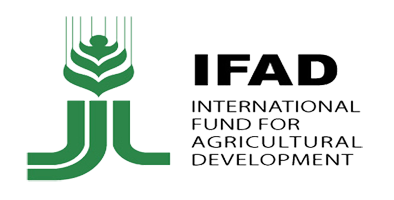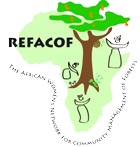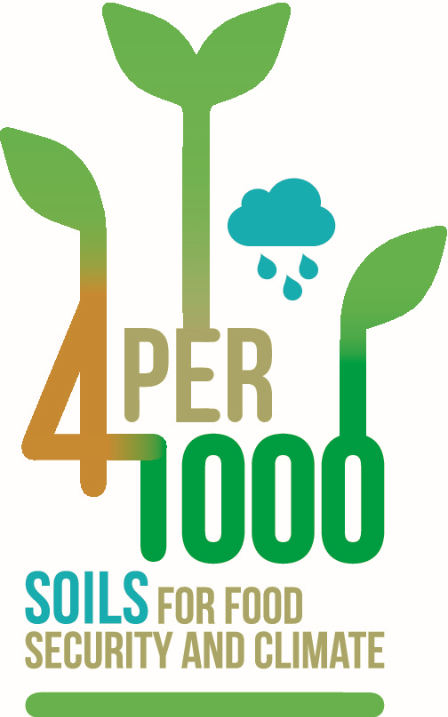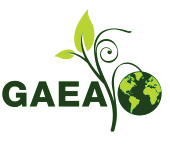Background
New science is shining a spotlight on emerging and untapped landscapes that hold potential to be a triple win for restoration, climate change and sustainable development. These opportunities have thus far been underappreciated in policy debates around climate. Now with INDC’s, awareness of sectors beyond forestry are rapidly emerging. In addition, they often face a myriad of challenges to going to scale such as political, economic and institutional barriers for them to realize this potential.
The purpose of this session is to highlight undervalued approaches to mitigate impacts of climate change and then invite different perspectives as to how they can be scaled or more widely utilized.
Potential big wins include:
- Trees on farms: New studies find that if carbon from trees grown on agricultural land was well accounted for, total carbon estimates for agricultural land would be more than four times higher than they currently are. This suggests a significant increase in the importance of agricultural land in global carbon budgets, and a potentially significant carbon sink if well managed.
- Soil organic carbon: Binding organic carbon in soils is considered to have significant potential for mitigating climate change: a recently launched initiative has set out to aim at sequestering 3.5 Gt of organic carbon in soils every year, which, in combination with a zero-deforestation policy, would halt the increase in atmospheric CO2. Preliminary new maps illustrate where the hotspots for soil organic carbon sequestration might be.
- Wetlands/Peatlands are a key ecosystems containing approximately 20 % of the global soil organic carbon stocks. Drained peatlands emit about 0.3 Gt C per year. Thus, huge opportunities to mitigate climate change lie in protecting these lands. But they are often under threat from commercial and development interests. How can natural wetlands and infrastructure be used to climate proof different landscapes?
- Improved grasslands – the perennial grass cultivars of Brachiaria are grown on 80 Mha in Brazil alone. If well managed, these grasses provide a triple-climate-win:
1) These grasses sequester significant amounts of soil organic carbon – conservative estimates reach at a 2-3 fold higher annual sequestration rate than neighboring annual cropping systems. 2) a growing body of research shows that some varieties of Brachiaria exude compounds from roots that inhibit nitrification and thus reduce N2O emissions from soils (= biological nitrification inhibition, BNI). 3) Brachiaria grasses are of high-value livestock fodder, which contribute to ruminants to be more productive and emit less methane per unit livestock product (milk or methane). A wider adoption of Brachiaria grasses to improve grasslands has a tremendous potential to mitigate climate – above all in sub-Saharan Africa.
Process and Agenda
The session will include an overview of a new global study identifying some of the main carbon emission hotspots along with short presentations on each of the undervalued approaches (see initial list). In Dragons Den style, researchers will ‘pitch’ their big wins to a group of diverse group of implementers (policy makers, financers, NGOs, government agents) to see which ones they think has the most promise for wide scale change. Each will be given 15 million dollars to invest and will decide at the end where they would best put their money. Participants will be asked to vote on which approach has the most potential and reflect themselves on how these can be taken to scale.
Key questions addressed:
- What are the constraints and opportunities for these undervalued approaches to be utilized more widely?
- Where are the gaps in knowledge?
- What are the trade-offs that need to be considered when scaling such approaches, particularly in terms of gender?
Background reading:
- Dynamics and climate change mitigation potential of soil organic carbon sequestration
- Nitrogen export from a boreal stream network following forest harvesting: seasonal nitrate removal and conservative export of organic forms



